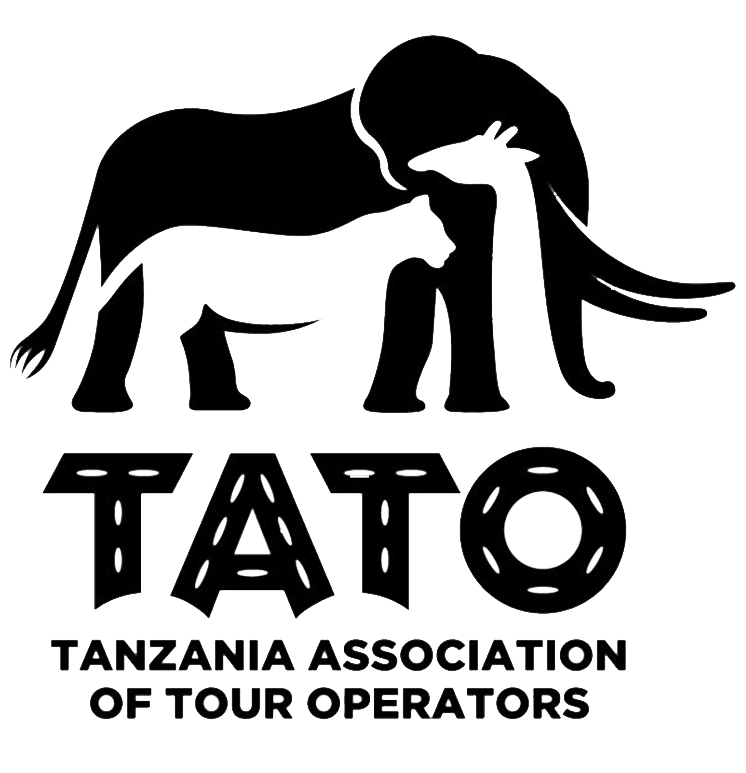The annual Wildebeest migration in the Greater Serengeti ecosystem is one of the most awe-inspiring natural spectacles on the planet. About 1.5 million wildebeest, along with hundreds of thousands of other grazing animals such as zebras and gazelles, embark on a cyclical journey that spans approximately 1,000 miles across Tanzania and Kenya. This mass movement is driven by the perpetual search for the best grasses and water, closely following our East African rainfall patterns.
The Serengeti ecosystem, which encompasses Serengeti National Park in Tanzania and extends to the Maasai Mara National Reserve in Kenya, provides the backdrop for this incredible great animal migration. The area is mostly rich grasslands, savannahs, riverine forests, and woodlands, which sustain the numerous species that partake in the migration.
The wildebeest make this extraordinary journey in a roughly clockwise loop.
When is the best time of year to see the Great Migration in the Serengeti?
The great migration begins typically in the plains and woodland of the Ndutu area, where the calving season takes place from late January to March. An estimated 500,000 calves are born during a short period of two to three weeks, taking advantage of the lush grazing available in the green season. This is an incredible place to see the vast herds from a hot air balloon from December to March, as well as the spectacle of the quintessential short-grass plains, stretching to the horizon.
As the rains end in May or June, the herds start moving west and north to the fresher pastures of the western Serengeti. One of the migration’s most treacherous challenges occurs when the wildebeest must cross the Grumeti River, where crocodiles lie in wait. A Serengeti Balloon Safari in the Western Corridor of Serengeti is the perfect opportunity to see the mega-herds as they traverse this fascinating and diverse area.
By July or August, they reach the northern Serengeti, where they face yet another perilous river crossing — this time over the Mara River. The dramatic river crossings are iconic, with countless animals leaping into turbulent waters, struggling against strong currents and evading large Nile crocodiles. These crossings are a spectacle of nature that highlights not only the struggle for survival but also the incredible resilience of these creatures. All this can be seen from the air in the early morning, our daily flights in Northern Seregeti have produced the most incredibly consistent and awe-inspiring viewing from July to October.
Once the northern pastures have been grazed to depletion, typically around late October, the wildebeest and accompanying species sense the weather changing and start their journey back to the south, arriving just in time for the rains to rejuvenate the southern grasslands and begin the cycle anew.
Central Serengeti, where we fly daily throughout the year, is the transit point for the herds both on their way north in April to June and when they return south in October-December. (It is also fabulous for general wildlife viewing throughout the year).






